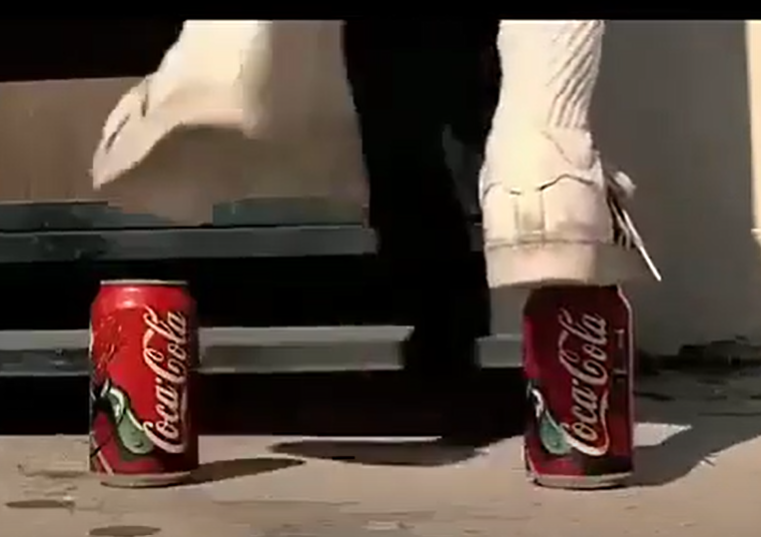In the early 2000s, the battle between Coca-Cola and Pepsi reached a new height. Coca-Cola boldly announced that it had sold four times more than Pepsi in 2001, a statement that underscored its dominant position in the global soft drink market. This declaration was a significant blow to Pepsi, which had long been trying to close the gap with its arch-rival. However, Pepsi, known for its creative and aggressive marketing strategies, responded in a way that captured the attention of millions and reignited the legendary Cola Wars.
The Commercial That Turned Heads
In a classic display of competitive advertising, Pepsi launched a commercial that was both a witty and stinging retort to Coca-Cola’s claim. The advertisement, which can be viewed here, cleverly leveraged humor and simplicity to make a powerful statement.
The commercial opens with a scene in a small, nondescript convenience store. A young boy approaches a vending machine to buy a can of soda. To everyone’s surprise, he buys two cans of Coca-Cola, not to drink, but to stand on them. He then uses the extra height to reach the Pepsi button on the vending machine, purchasing a can of Pepsi. The boy takes his Pepsi, leaving the two cans of Coca-Cola behind, untouched. The message was clear: even if Coca-Cola is more prevalent, Pepsi is the preferred choice when given the option.
The Impact of the Advertisement
Pepsi’s response was a masterclass in advertising. It not only showcased the brand’s cleverness but also resonated with consumers who appreciated the humor and the underdog narrative. The commercial went viral, becoming one of the most talked-about ads of the year. It was a perfect example of how a well-crafted advertisement could turn a competitive disadvantage into a marketing triumph.
The commercial’s success was due to several factors:
- Relatability and Humor: The ad’s scenario was simple and relatable, making it easy for viewers to understand and appreciate the humor.
- Simplicity and Clarity: The straightforward message needed no further explanation. The visual storytelling was powerful enough to convey Pepsi’s message.
- Brand Positioning: Pepsi successfully positioned itself as the choice of the new generation, a brand that was cooler and more appealing, despite Coca-Cola’s dominance in sales.
The Legacy of the Cola Wars
The Cola Wars have been a defining aspect of the soft drink industry for decades. Each brand has consistently tried to outdo the other through innovative marketing strategies, celebrity endorsements, and global campaigns. Pepsi’s 2001 commercial remains a standout example of how advertising can be used to effectively counter a competitor’s advantage.
Conclusion
In the ever-competitive world of soft drinks, Pepsi’s 2001 commercial in response to Coca-Cola’s sales announcement is a brilliant case study in advertising. It highlights the power of creativity and wit in marketing, demonstrating that even in the face of overwhelming odds, a smart and well-executed campaign can shift public perception and win consumer loyalty.
As the Cola Wars continue to evolve, advertisements like Pepsi’s 2001 response will be remembered as iconic moments that defined the rivalry. For marketers and business enthusiasts, this commercial serves as an enduring lesson in the art of competitive advertising.
For more fascinating insights into the Cola Wars and other legendary marketing battles, visit our website and stay tuned for our latest articles and updates.


